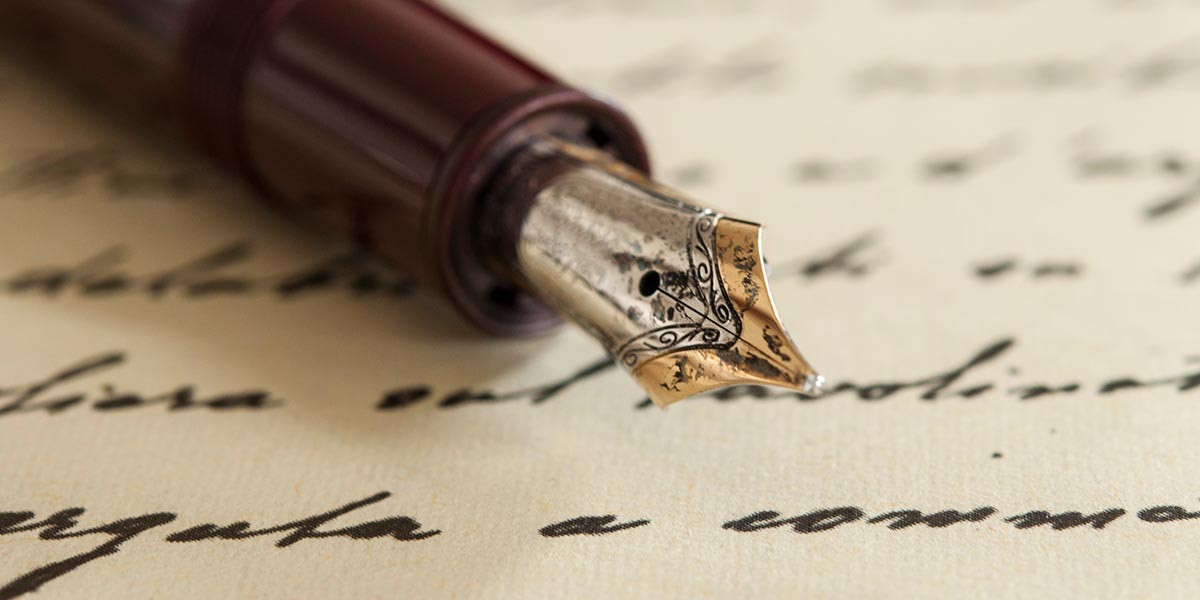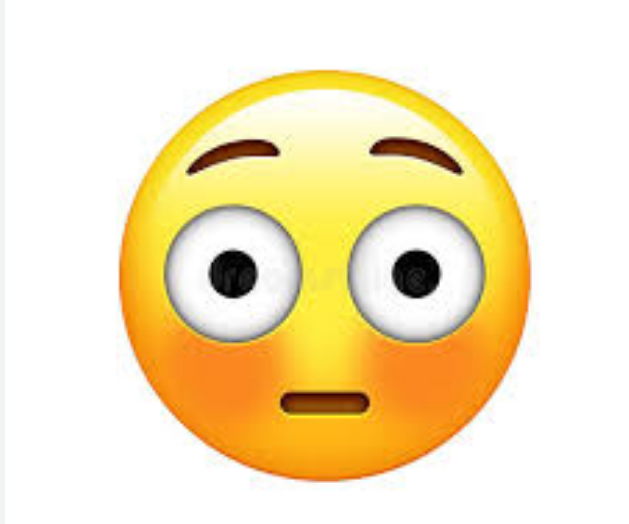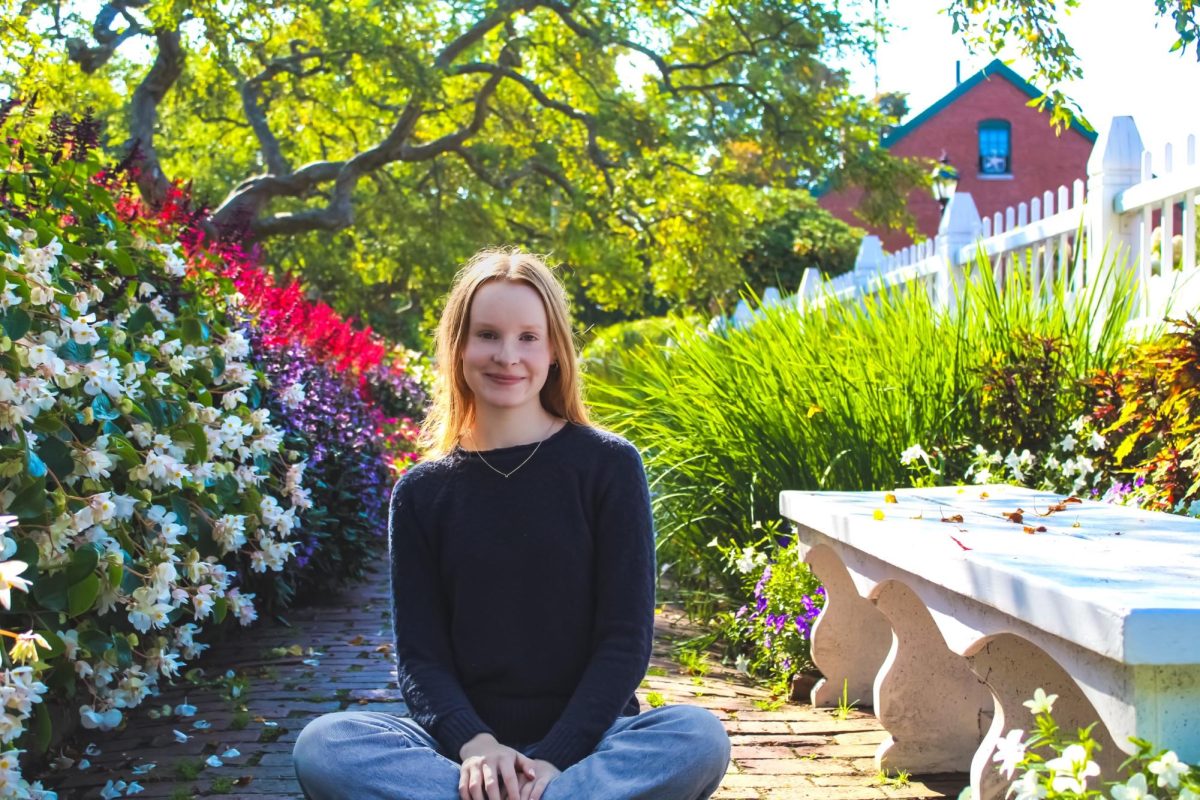Oftentimes, poetry is viewed as overly-complex works of literary nonsense that’s been written by pretentious idiots who try too hard to make their words mean more than words, whilst also making the life of an average English student 10x more insufferable. This pretty much sums up my whole experience with reading and writing about poetry over my school years. The worst of the bunch probably being those dreaded old poems that use words like “o’er” and “hither” or “ere” (which I still hate). But after reading so much poetry, I’ve come to find out that some poetry can actually be pretty interesting to dig into.
I’ve found that reading poetry is basically looking through an endless time capsule. When reading older poems, it’s cool to see how people over hundreds of years ago think about the world, and how most of the time they talk about things that are still relevant today. Poetry sort of bridges the gap between now, and hundreds of years ago. It allows us as people to access a library of history and knowledge of people who have put their emotions in just a few lines of writing.
One poem that I read recently that I found fascinating was “The Sun Rising” by John Donne. Basically, the poem is about a guy who has the sun as his enemy. The speaker of the poem is a pretty cocky and confident guy, who thinks the Sun should only operate to warm him and his lover. Pretty ridiculous, right? But when you think about it, this ridiculousness still exists today. I mean, there are tons of people out there who would do or say the most outrageous things for their significant others. This relatability allows us as “people from the future” to see that we are the same humans as the humans from hundreds of years ago.
Another poem that I found pretty cool was “I dreaded that first Robin, so” by Emily Dickinson. This one is basically about a person who really hates the spring. The speaker speaks in a way that makes aspects of nature sound like weapons that are trying to hurt her. Spring usually correlates with things like peacefulness, beauty, and general goodness. But Dickinson goes the complete opposite direction, showing us the “bad in the good”. Even though this poem was written hundreds of years ago, the relatability between author and reader still remains. Sometimes even on the most beautiful days of spring, I might still have a bad day. The connections these poems create with ordinary people is what makes poetry so engrossing, and especially valuable.









